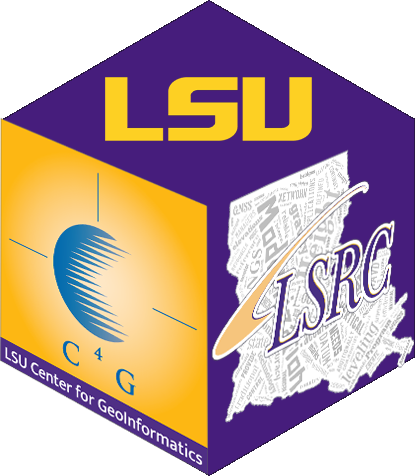HOW DO I CONVERT NGVD29 TO NAVD88?
The methodology used to shift historical survey data to NAVD88 (2004.65) or (2006.81) will vary dependent upon many factors such as time, funds, accuracy requirements, etc. Generally there are four methods to determine the datum/epoch shift.
Field Measurements w/ Known Historical Elevation: This method will yield the most accurate values based on the historical reference marks. The reference marks will need to be recovered and occupied/surveyed using the guidelines in NGS Publication 58. The difference between the elevation used for the original survey and the elevation established from the new network will directly tie in the old work to the latest control. This will not account for any differential subsidence that occurred between the reference mark and the survey positions.
Field Measurements w/o Known Historical Elevation: When the reference benchmark is not recorded and unknown, some assumptions will be required such as what mark was used and what its elevation was. Again follow the procedures in NGS 58 to establish new elevations on the reference mark. The historical elevation will have to be assumed based on what was available at the time of design. The difference between the assumed historical elevation and the newly established elevation will be used to shift the survey to the new datum/epoch.
Common Published Marks in Survey Area: When time and money are constraints, the closest marks with published elevations in both datum/epochs can be used to determine an average shift for the area. This method contains many assumptions and therefore is the least accurate but may be of some use for projects that don't require accuracy.
CORPSCON/VERTCON: This method does not account for subsidence or the change in elevation from epoch to epoch. The VERTCON in CORPSCON model was also tied to the published elevations at the time the conversion model was created which contained errors associated with the already deteriorating elevation accuracies. This method should not be used in Louisiana because subsidence is not accounted for, and there is no fix possible.
The most accurate method to accomplish a vertical datum shift is to use GPS to re-observe each and every benchmark used for an old survey of interest. There is absolutely no way to compute it; there are no computer programs that are reliable for such a conversion; old benchmarks must be re-occupied to perform a re-determination of the current elevation of the mark. Many parts of the United States are areas of relatively stable elevations. The entire State of Louisiana is an area of crustal motion – we subside different amounts in different places and at different times! In fact subsidence has been detected as far north as St. Louis. The speed we subside changes at the same spot, and the speed of subsidence differs from spot to spot. We are unable to predict crustal motion exactly, whether it’s in Louisiana or in Tokyo or in Southern California.
